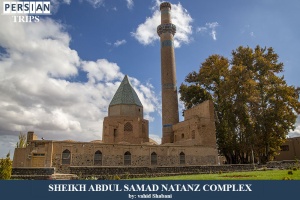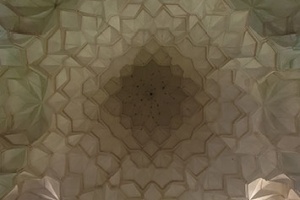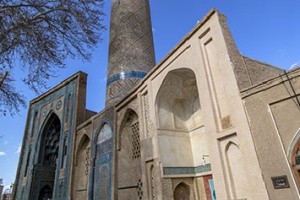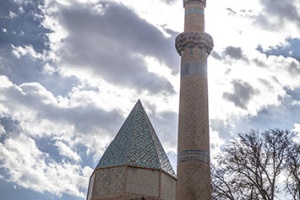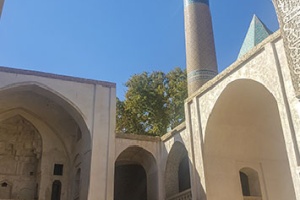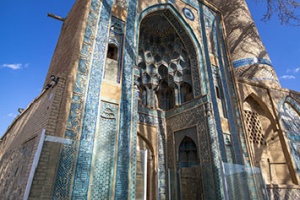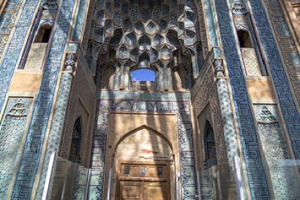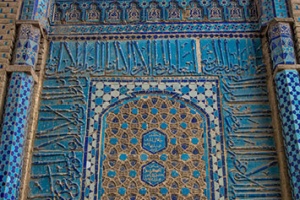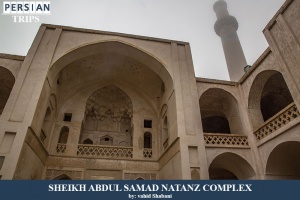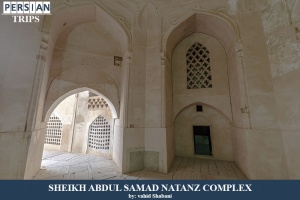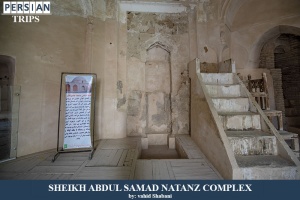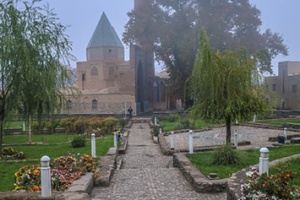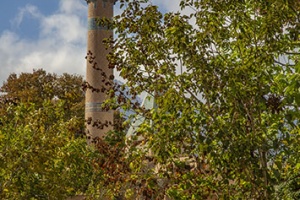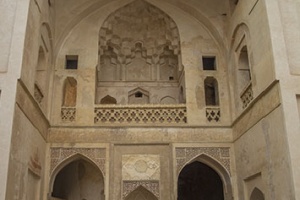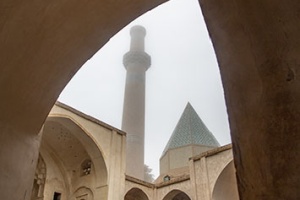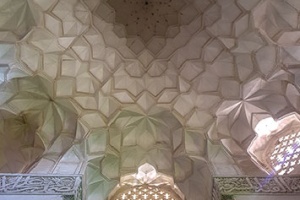Sheikh Abdul Samad Natanz Complex
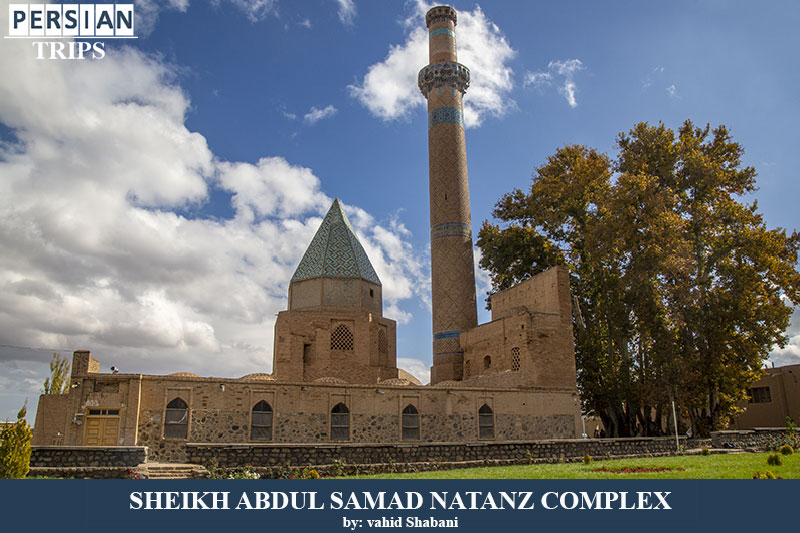
Sheikh Abdul Samad Natanz Complex, which consists of parts such as a mosque, tomb and monastery, is located in Isfahan province. The buildings of this complex were built during the Ilkhanid period during the reign of Oljaito Khodabandeh and his son Abu Saeed Bahador Khan.
This historical complex includes an octagonal brick dome nave, the tomb of Sheikh Abdul Samad, the entrance of the monastery and a high minaret. The style of construction of the minaret of this complex, as well as the tile decorations, especially the wide and turquoise inscription of its stem, have attracted the attention of many tourists.
The height of this beautiful minaret is about 38 meters and it has 118 spiral stairs. The tomb of Sheikh Abdul Samad has an octagonal and conical dome with two shells. The decoration of the outer shell of the dome consists of turquoise-colored bricks and tiles, and the inner shell is made of pleasant gypsum masonry. From the bottom, these moccasins show a floral design with the petals open downwards. At the base of the dome, an inscription in the form of a bed is embossed in the third line on the background of flowers and plants. The most beautiful part of Sheikh Abdolsamad Natanz collection is a tile-covered porch called the monastery porch, which has various designs and designs. It seems that after the construction of the mosque in 407 and the tomb of Sheikh Abdul Samad in 707, they continued the construction work and built a monastery, which unfortunately has no other effect except the gate with the entrance that is connected to the mosque Is. This entrance is made of simple bricks and in some parts of it, turquoise and azure glazed tiles have been used.
Sheikh Abdolsamad Natanz collection is one of the most prominent attractions of Isfahan province that was registered in the list of national monuments in 1933 by number 188.
Tags: Isfahan Province, historical complex, Isfahan Attractions, tourist attraction
